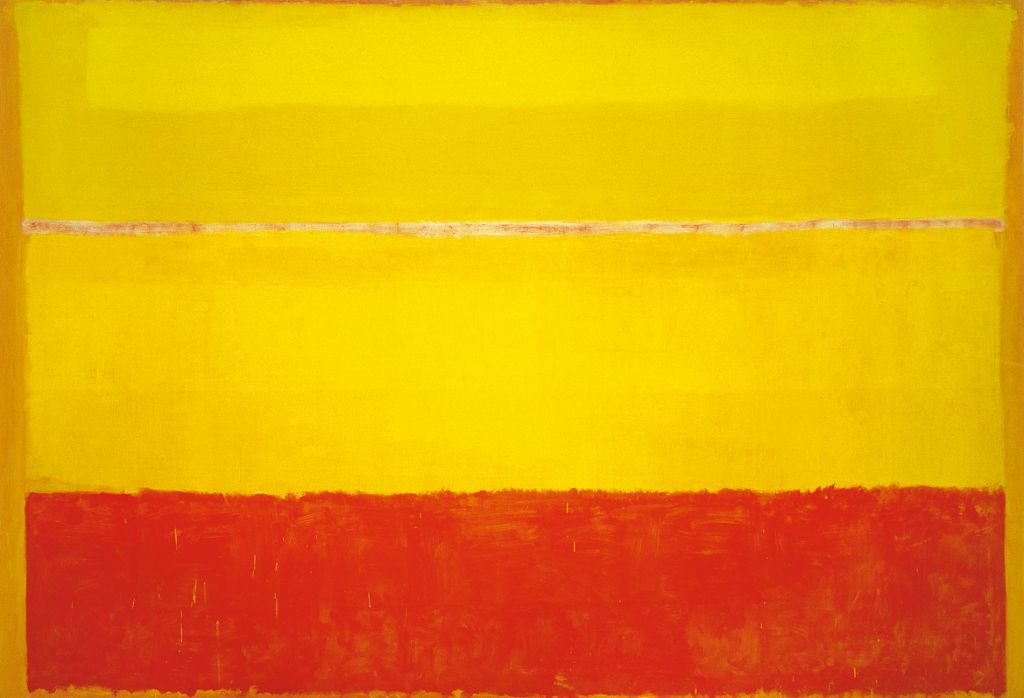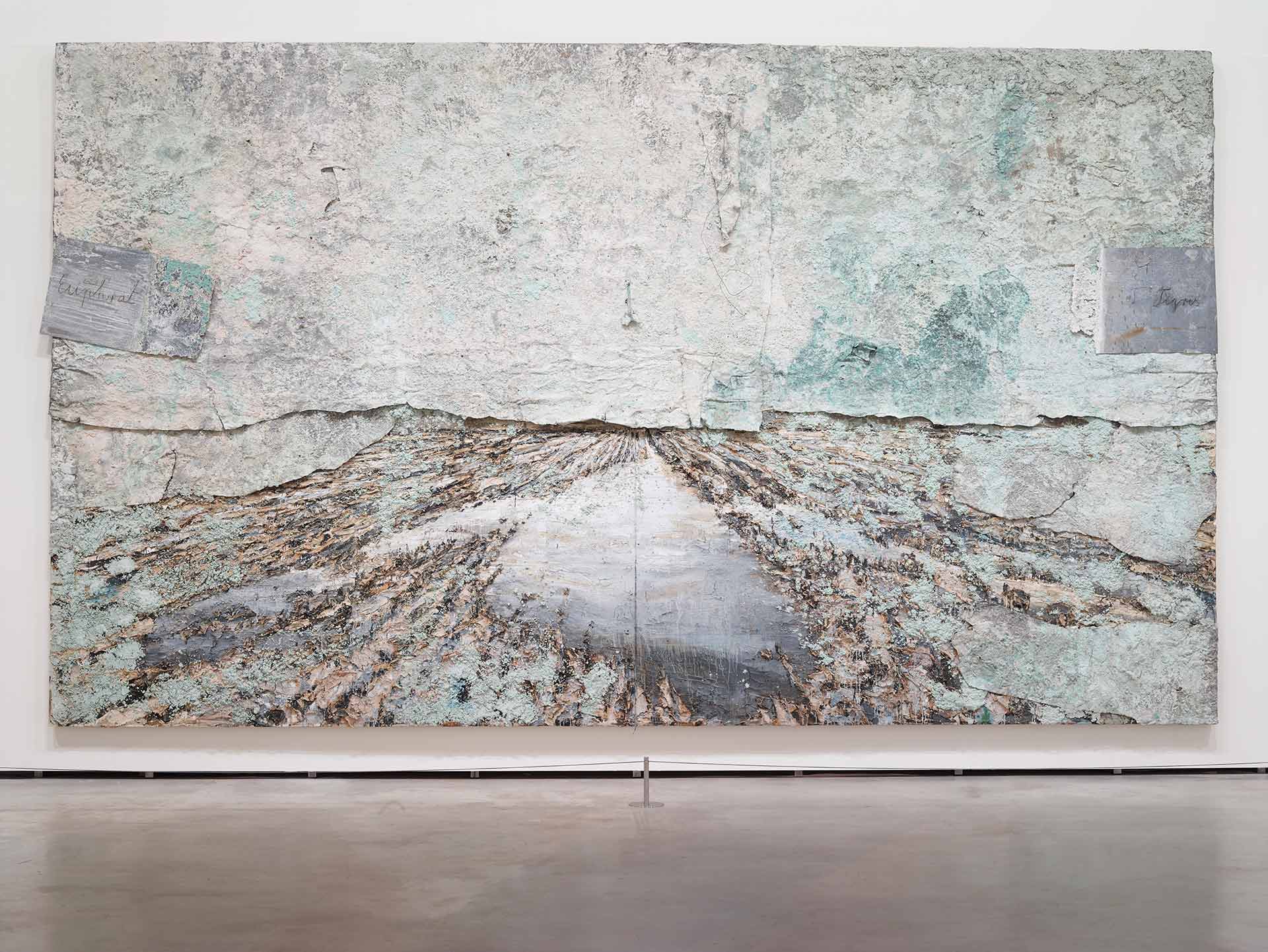How Profound Is the Air
1996Alabaster94 x 122 x 124 cm
Eduardo Chillida studied architecture in Madrid from 1943 to 1947, before deciding to turn to painting and ultimately-after moving to Paris in 1948-to sculpture. His early architectural training is apparent in the underlying structure, attention to materials, and careful planning of spatial relationships that characterize his sculptures. Indeed, Chillida conceived of sculpture in relation to architecture: "To construct is to build in space. This is sculpture, and generally speaking sculpture and architecture," he declared.[1] Over the course of five decades, he established himself as one of the most important Basque artists of the 20th century and an internationally recognized figure in postwar sculpture, leaving behind a rich legacy in monumental, site-specific public sculptures as well as more conventionally sized works.
The materials Chillida turned to consistently informed his investigations of conceptual questions and metaphysical concerns. His early sculptures in Paris were executed in stone and plaster—materials suited to his study of archaic works in the Louvre—and were drawn from the human figure as well as natural forms. Upon his return to the Basque Country in 1951, he began to focus more on the metamorphosis of space and the abstract definition of spatial volume through form, and turned to iron and then wood and steel-materials that represented Basque traditions in industry, architecture, and agriculture, and also recalled the region's distinctive landscape and what Chillida described as its "dark light."
Travels to Greece, Rome, Umbria, Tuscany, and Provence in the 1960s ignited in Chillida what would be a lifelong interest in the relationship between light and architecture. Seeking to capture a quality of light that he had initially encountered in artworks at the Louvre, he began to use alabaster for its illuminated yet veiled appearance, its ability to simultaneously reveal and conceal. While his first alabaster sculptures date from 1965-69, he returned to the medium in 1976 and again, two decades later, in How Profound Is the Air (Lo profundo es el aire), which combines the roughly hewn, natural exterior of the stone with a highly finished, architectural interior space. The work recalls a public sculpture Chillida created in the city of Valladolid in 1982, How Profound Is the Air: Homage to Jorge Guillén (Lo profundo es el aire: Homenaje a Jorge Guillén). The memorably poetic title was taken from one of the famous Spanish poet's verses, and reflects the sculptor's attitude toward space, or air, which for him was a material as essential as stone or wood. In Chillida's words, "Space must be conceived in terms of plastic volume. . . . Form springs spontaneously from the needs of the space that builds its dwelling like an animal its shell. Just like this animal I am also an architect of the void."[2]
1. Eduardo Chillida, conversation with Mario Terès, in Christa Lichtenstein, Chillida und die Musik. Baumeister von Zeit und Klang (Cologne: Wienand, 1997), p. 73; cited in Chillida, 1948–1998, exh. cat. (Madrid: Museo Nacional Centro de Arte Reina Sofía, 1998), p. 62.
2. Eduardo Chillida, quoted in Chillida, 1948–1998, p. 62.
Source(s): Kosme de Barañano. "Eduardo Chillida." In Guggenheim Museum Bilbao Collection. Bilbao: Guggenheim Museum Bilbao; Madrid: TF Editores, 2009.
Original title
How Profound Is the Air
Date
1996
Medium/Materials
Alabaster
Dimensions
94 x 122 x 124 cm
Credit line
Guggenheim Bilbao Museoa
Resources
At the Museum
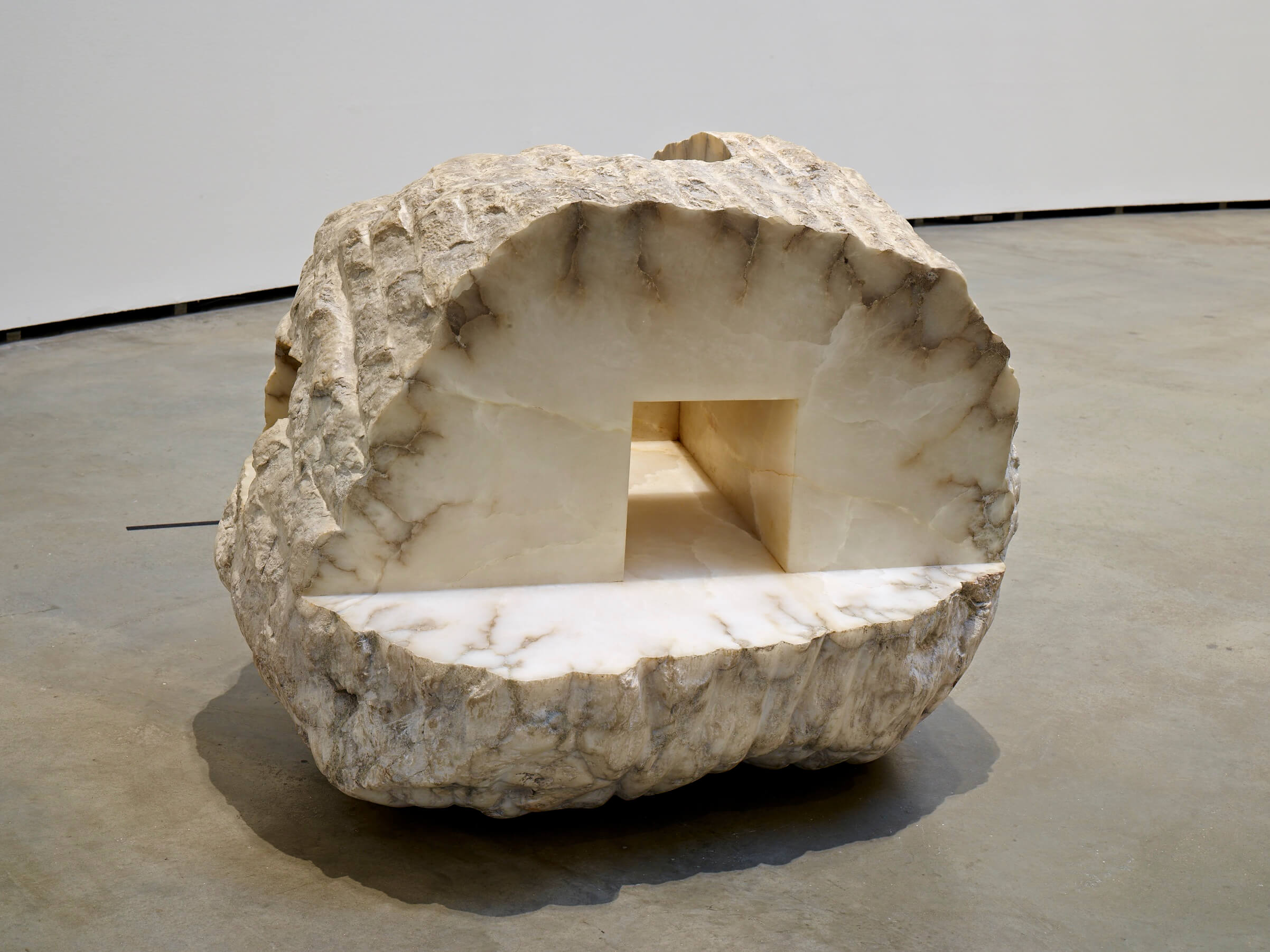
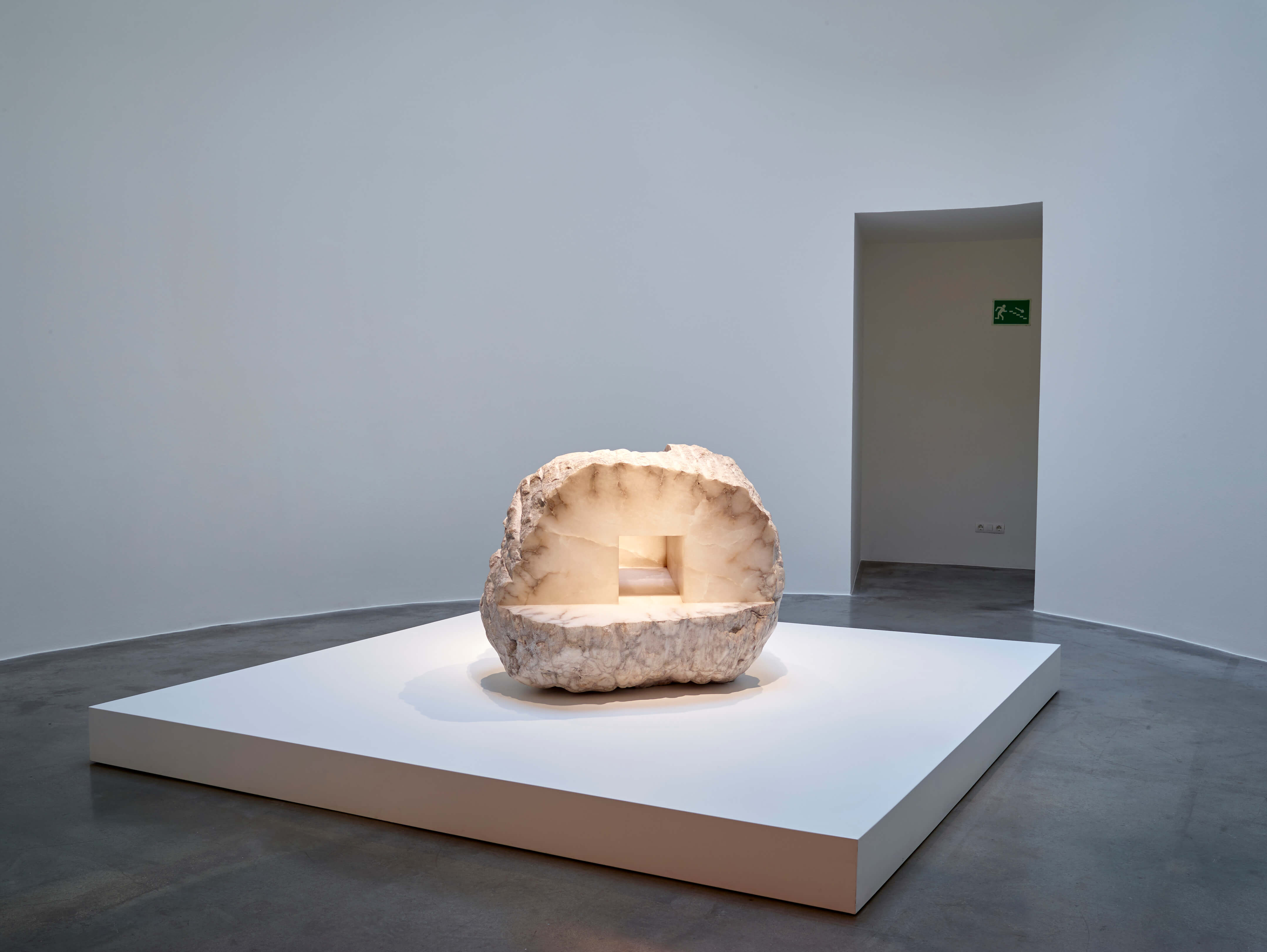
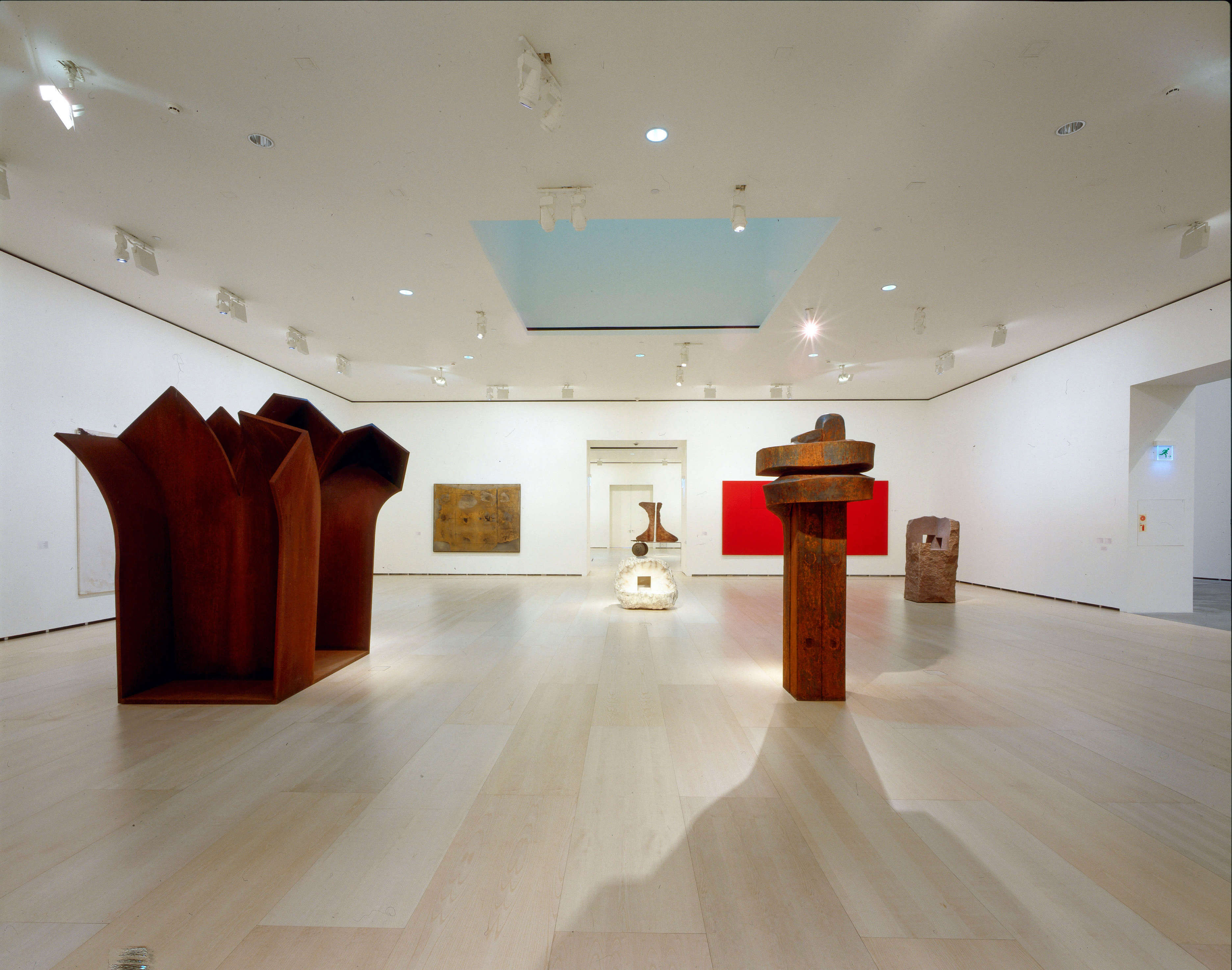
Perspectives
How Profound Is the Air, by Eduardo Chillida
Photographer Cristina de Middel and curator Geaninne Gutiérrez-Guimarães explore the poetry and the beauty in Eduardo Chillida’s alabaster sculpture How Profound Is the Air (Lo profundo es el aire, 1996).

